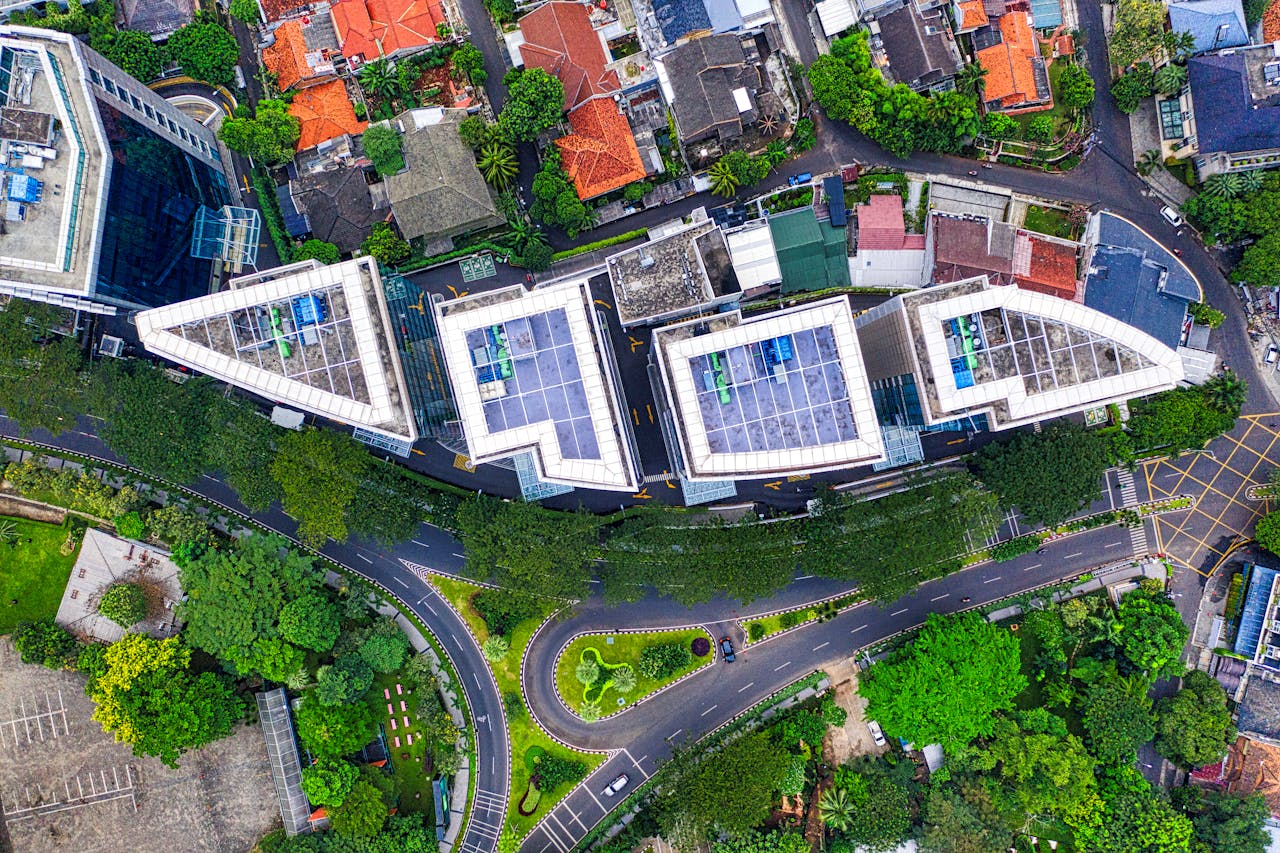Analytica, Vol. 6, Pages 30: Chemical Profile and Mycotoxin Analyses of Corn (Argentina, Brazil, and Ukraine), Soybean Meal (USA and Argentina), and Sunflower Meal (Ukraine) Used in Poultry Feed in Morocco
Analytica doi: 10.3390/analytica6030030
Authors:
Najlae El Bouanani
Bouchaib Bencharki
Hafsa Houmairi
This study analyzes the nutritional quality and mycotoxin contamination of three key feed ingredients—corn, soybean meal (SBM), and sunflower meal (SFM)—imported into Morocco during the years 2019, 2020, and 2021. Samples were collected upon reception at the plant and analyzed in triplicate under standardized laboratory conditions. Chemical composition was evaluated using classical and NIR-based methods, while mycotoxin levels were assessed through ELISA and confirmed by HPLC. Corn samples from Argentina, Brazil, and Ukraine were assessed for their proximate composition and mycotoxin burden. While most nutritional parameters showed no significant differences between origins (p > 0.05), water activity (Aw) and digestible threonine content were significantly affected by origin (p < 0.01). Brazilian corn had the highest Aw (0.716), followed by Argentina (0.680), and Ukraine (0.662), a factor linked to its higher susceptibility to mold and mycotoxin development. Soybean meal from the U.S. and Argentina showed a general positive trend in favor of U.S. imports, with higher average crude protein (the CP content of American soybean meal was 46.912%, compared to 46.610% in Argentine soybean meal), fat, digestible lysine, and metabolizable energy. However, statistical differences were limited to water activity and moisture content (p < 0.05). American soybean meals are generally recognized for their consistent processing quality and superior amino acid digestibility. Sunflower meal, sourced exclusively from Ukraine, showed a steady improvement in crude protein (from 35.97% in 2019 to 36.99% in 2021) and metabolizable energy, alongside reduced crude fiber content, enhancing its nutritional value in poultry diets. The consistent use of Ukrainian SFM in Morocco reflects both supply stability and quality. Regarding mycotoxins, origin had a significant effect on several compounds. Argentine and Brazilian corn showed higher mean levels of fumonisins (1165.26 and 1019.52 ppb), ochratoxin A (2.26 and 3.02 ppb), and zearalenone (36.99 and 21.92 ppb) compared to Ukrainian corn, which consistently had the lowest levels across all major mycotoxins (e.g., fumonisins = 200 ppb; zearalenone = 4.90 ppb). Aflatoxin B1 levels remained constant at 0.2 ppb across all origins. These findings confirm the influence of geographic origin—particularly water activity—on mycotoxin risk in imported maize.
Source link
Najlae El Bouanani www.mdpi.com


